Space is vast and full of strange things. Some of the strange inhabitants and phenomena of our world are even more astonishing than the most imaginative space movies. Here are some facts about astronomy and space that you may not have known about.
On Mercury, a day lasts twice as long as a year

Due to the very unusual orbit of Mercury and its alignment with the Sun, the time from one sunrise to the next sunrise, known as a solar day, is 176 Earth days, which is twice as long as a Mercury year.
If your space suit starts to leak, you can only survive for a few minutes

Although in space movies, instant explosions and space costumes are shown to swell quickly, the impact of space exposure is a little less than that, and although it is not very pleasant, you will only survive for a few minutes. After about 10 seconds, anesthesia and low vacuum pressure cause your blood to boil along with other body fluids (eg moisture on your tongue), but this boiling alone is due to the pressure maintained by our blood vessels. It can not be fatal. Gas bubbles form in your body fluids and cause swelling and bloating in the body.
Low humidity causes you to cool down quickly and your eyes may freeze. Lack of oxygen can be fatal for one to two minutes. The stress of this condition may exacerbate these symptoms. The drop in pressure causes damage to the lungs, eardrums, and sinuses, along with bruising and bleeding from soft tissues.
One teaspoon of a neutron star equals the total human population

The density of a neutron star is confusing. These stars are almost entirely composed of neutrons packed in a small radius. Just one teaspoon of this substance weighs more than a trillion kilograms, which is more than the weight of the entire human population and reaches several hundred billion kilograms. To make something the size of a dense neutron star, all of humanity must gather in a space the size of a sugar cube.
Gamma-ray bursts can release more energy than the sun in a lifetime in 10 seconds.
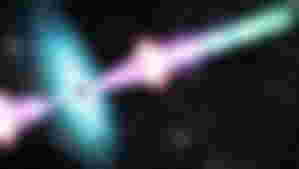
Nothing in the world can compete with the power generated by a gamma-ray burst, a short but extremely intense high-energy radiation. Some of them are thought to form when a massive star erupts or to merge two neutron stars.
There are stars we will never be able to see

Most objects in space have moved away from each other since the Big Bang. In fact, cosmic expansion is actually accelerating. As space zones move away from each other at an increasing rate, the first populations of stars to form in the universe are now so far away that we can not even hope to spy on them using the best current or future telescopes, but there is a theory that We can detect them indirectly through radiation bursts that are emitted at the end of life.
White holes that are the opposite of black holes
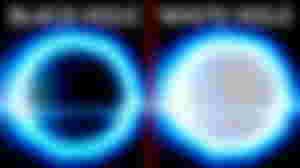
Black holes are known for their high appetite. Their effect is so severe that even light can not escape their gravity. But they have one opposite point; White holes that are practically in front of their dark relatives and scatter light and matter instead of trapping. So far they are purely hypothetical objects. Astronomers are studying how they actually formed.
If Jupiter's magnetic field is visible, it looks bigger than the moon in the night sky

The space region in which the magnetic field of the mass is dominant is known as the magnet of the sphere. These areas surround our planets, pulsars, and even galaxies. The planets in our solar system have magnetic spheres that flow with charged particles in the wind and form following their interaction with the sun. The largest magnetosphere in the solar system surrounds Jupiter. Jupiter spins very fast, has a very strong magnetic field, and its magnetic sphere is filled with plasma from its active volcanic moon. These characteristics, combined with the fact that Jupiter's solar wind is slower and less dense than Earth's, lead to a very significant atmospheric magnetosphere. It is so large that it easily has a body the size of our sun and looks bigger than the moon in the night sky. Given that it is more than 1500 times farther away.
Neptune has only completed one orbit around the Sun since its discovery

Neptune takes 165 years to complete an orbit around the sun. Since its discovery in 1846, Neptune has just completed its first complete orbit since its discovery in 2011.
Planets can roam in space without a major star

All formed planets do not remain around the stars; Astronomers estimate that more than 200 billion of them could be floating freely in the galaxy. These "rogue" planets were thought to have been driven out of their home systems.
The sun loses one billion kilograms every second
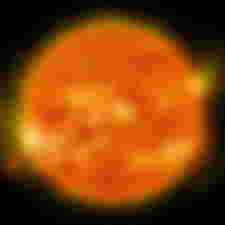
Particles in the upper atmosphere of the sun are so hot and energetic that they go into space as part of the solar wind. Our star spins about 1.3 trillion particles every second. This equates to about one billion kilograms of matter per second or one earth every 185 million years.
Most of the Sun-like stars in the Milky Way are in multiple star systems
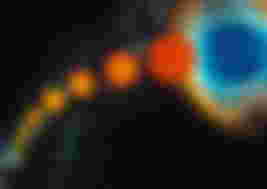
More than half of the Sun-like stars in the Milky Way are part of multiple star systems, binary or triplets, orbiting a common center of mass. However, most low-mass stars, such as red dwarfs, live alone and unaccompanied.
Lots of water is found in space

Earth's oceans may not be so unique. The three moons of Jupiter (Europa, Ganymede and Callisto) and the two moons of Saturn (Enceladus and Titan) are thought to have seas full of water. The European Ocean may have more than double the volume of water on Earth, yet most of the water ever discovered has surrounded a black hole 12 billion years away. This region contains large amounts of water vapor, equivalent to 140 trillion times the volume of water in the Earth's oceans.
There is gravity on the International Space Station

Images of astronauts on the International Space Station (ISS) may give the impression of a gravity-free environment, but gravity on Earth is actually only 10-11% weaker than the Earth's surface. Astronauts will feel the same effect as paratroopers as the International Space Station continues to fall. When the ISS moves sideways and falls to the ground, the horizon curves beneath it at the same speed, keeping the ISS in orbit, simulating a sense of weightlessness for each occupant.
The days get longer
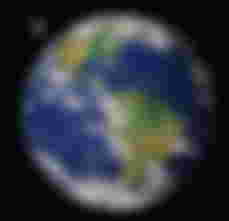
The speed of rotation of the earth is slowing down; Every year, the time of each complete rotation of the Earth's axis for the planet increases slightly. With each passing century, the Earth slows down by 1,500 seconds. In another 1,000 years, one day will be two hundredths of a second longer than today.
The moon gets farther away every year

The moon presses on the earth, making our planet slightly egg-shaped. This affects the water even more, creating tides that cause the oceans to accumulate to one side of the globe, creating a tidal bulge. This bulge is pulled around as it rotates with the moon. As the earth rotates faster than the moon, the bulge moves slightly ahead of the moon's position in orbit.
♤♡◇♧♤♡◇♧♤♡◇♧♤♡◇♧♤♡◇♧♤♡◇♧♤
Hope you enjoyed💛🖤

...and you will also help the author collect more tips.


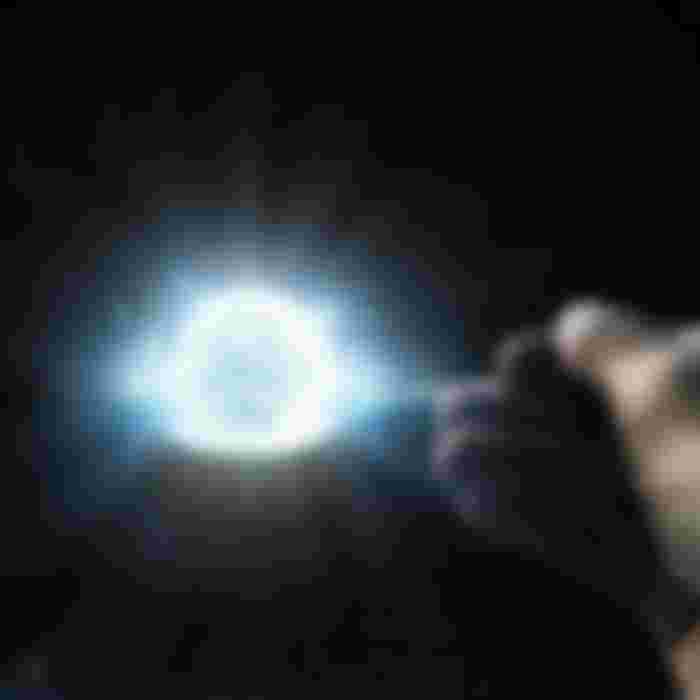
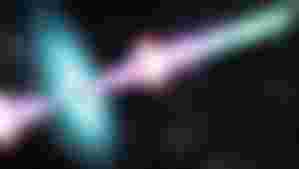
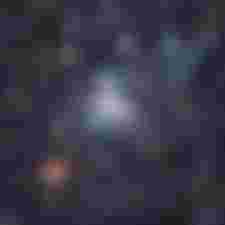
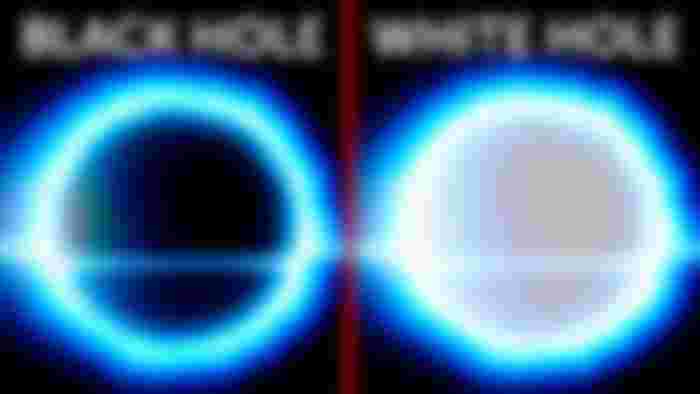



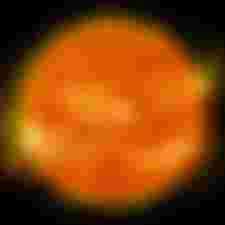
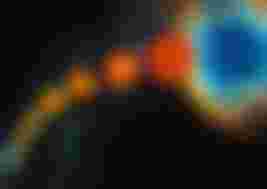
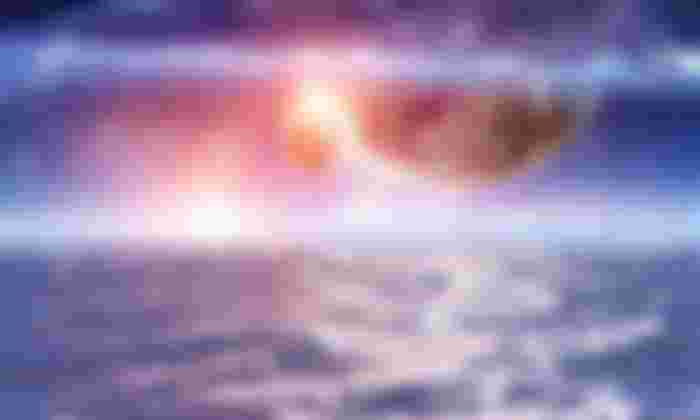

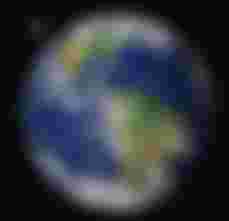

this is an article!! very useful and informative, tnx😅👌